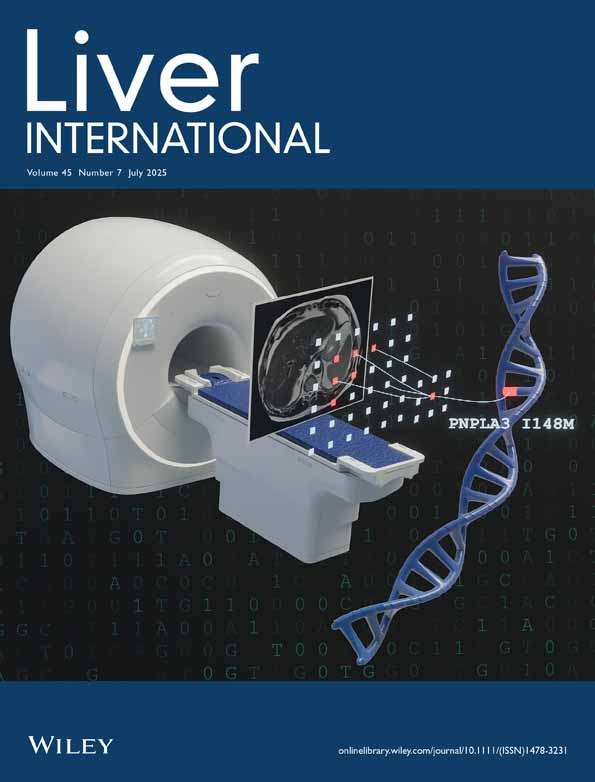A Deep Learning Model Based on High-Frequency Ultrasound Images for Classification of Different Stages of Liver Fibrosis
Funding: This study has received funding supports from Chinese Academy of Medical Sciences Research under Grants 2022-I2M-C&T-B-105.
Handling Editor: Dr. Alejandro Forner
ABSTRACT
Background and Aims
To develop a deep learning model based on high-frequency ultrasound images to classify different stages of liver fibrosis in chronic hepatitis B patients.
Methods
This retrospective multicentre study included chronic hepatitis B patients who underwent both high-frequency and low-frequency liver ultrasound examinations between January 2014 and August 2024 at six hospitals. Paired images were employed to train the HF-DL and the LF-DL models independently. Three binary tasks were conducted: (1) Significant Fibrosis (S0-1 vs. S2-4); (2) Advanced Fibrosis (S0-2 vs. S3-4); (3) Cirrhosis (S0-3 vs. S4). Hepatic pathological results constituted the ground truth for algorithm development and evaluation. The diagnostic value of high-frequency and low-frequency liver ultrasound images was compared across commonly used CNN networks. The HF-DL model performance was compared against the LF-DL model, FIB-4, APRI, and with SWE (external test set). The calibration of models was plotted. The clinical benefits were calculated. Subgroup analysis for patients with different characteristics (BMI, ALT, inflammation level, alcohol consumption level) was conducted.
Results
The HF-DL model demonstrated consistently superior diagnostic performance across all stages of liver fibrosis compared to the LF-DL model, FIB-4, APRI and SWE, particularly in classifying advanced fibrosis (0.93 [95% CI 0.90–0.95], 0.93 [95% CI 0.89–0.96], p < 0.01). The HF-DL model demonstrates significantly improved performance in both target patient detection and negative population exclusion.
Conclusions
The HF-DL model based on high-frequency ultrasound images outperforms other routinely used non-invasive modalities across different stages of liver fibrosis, particularly in advanced fibrosis, and may offer considerable clinical value.
Conflicts of Interest
The authors declare no conflicts of interest.
Open Research
Data Availability Statement
The data supporting this study's findings are available from the corresponding author upon reasonable request.




